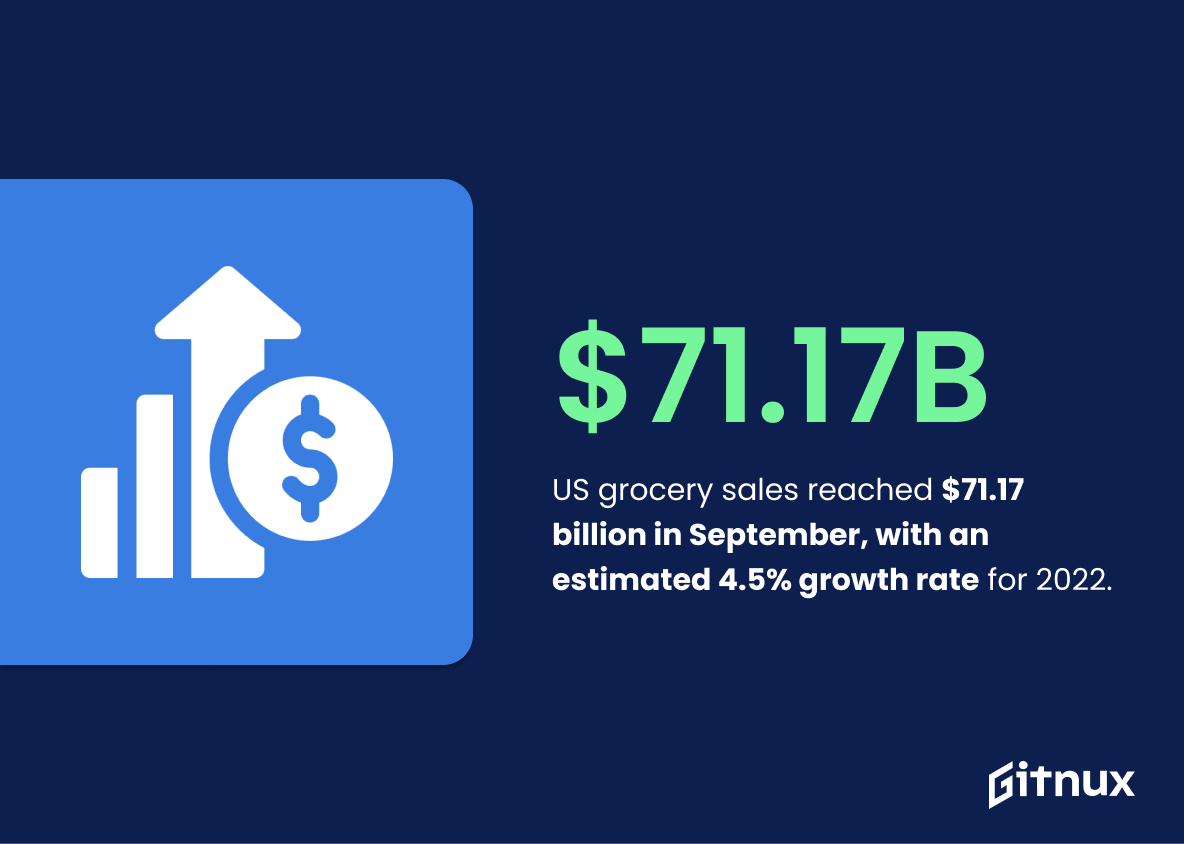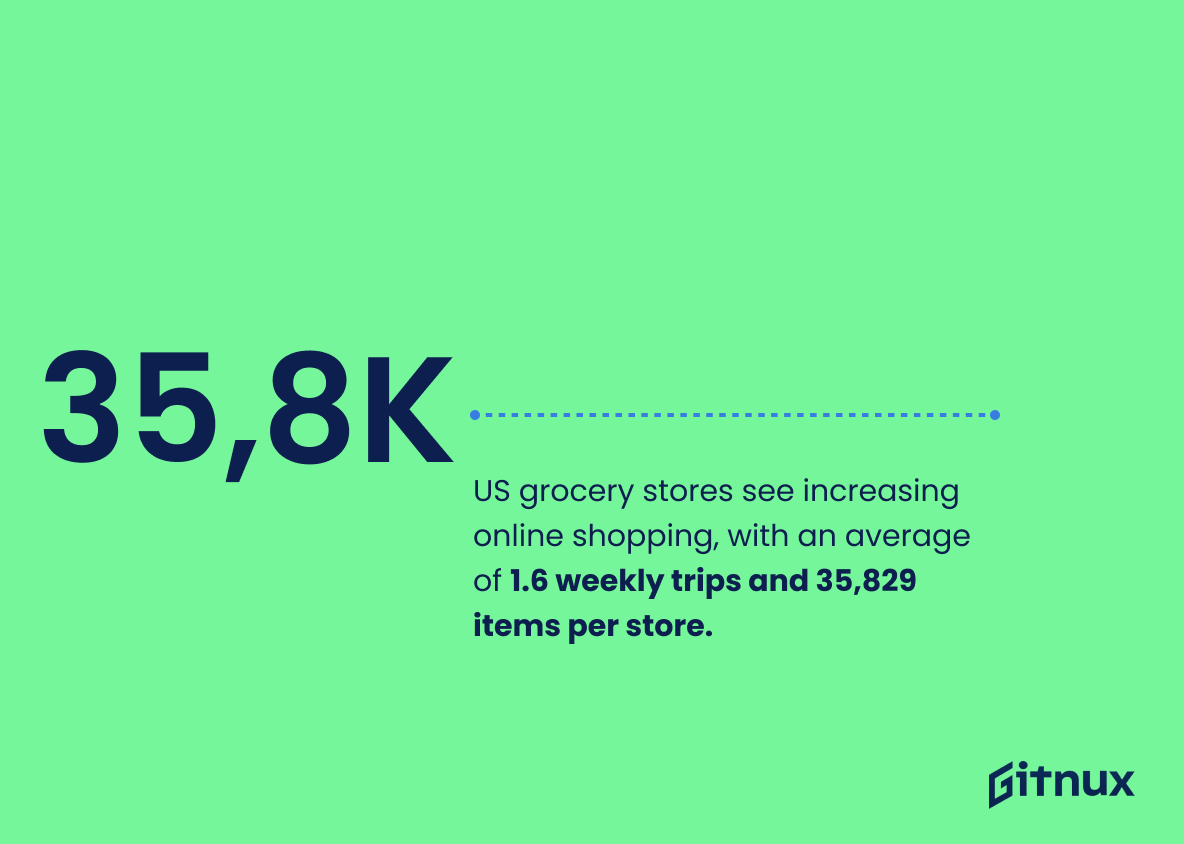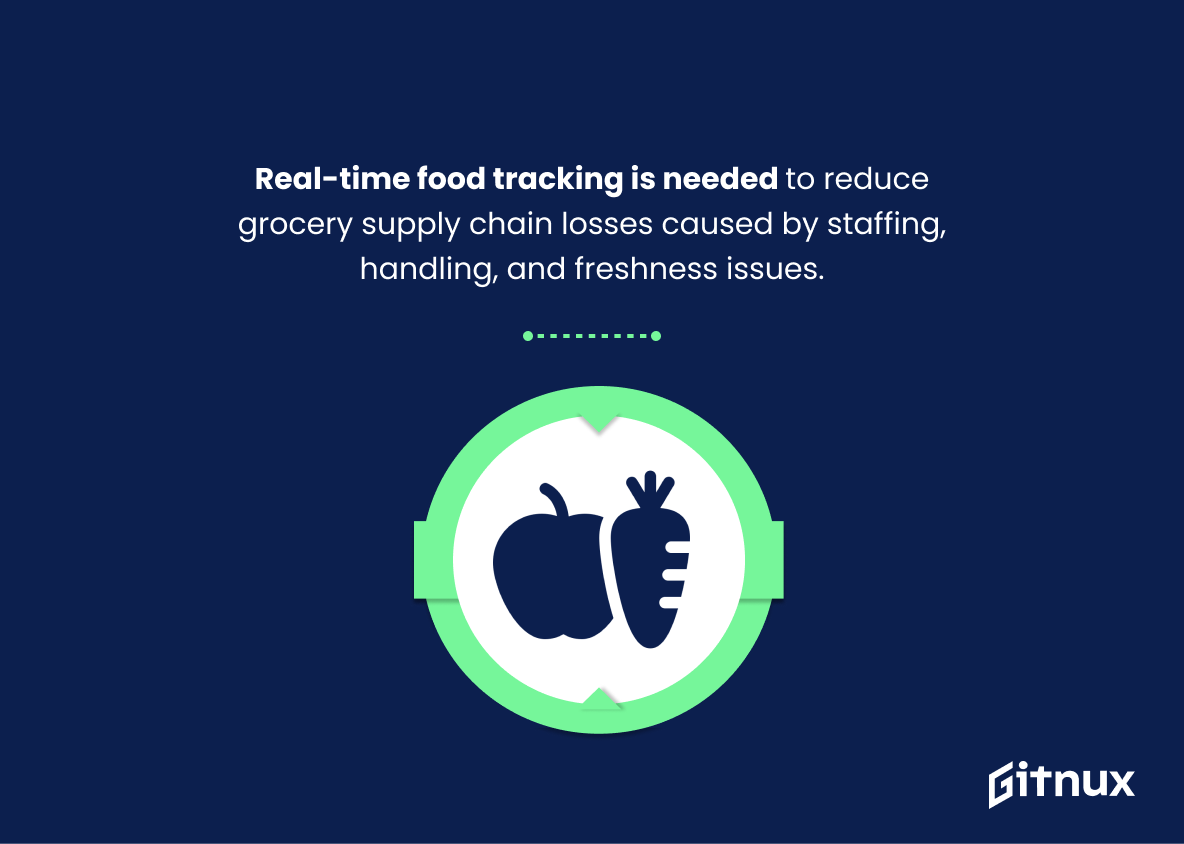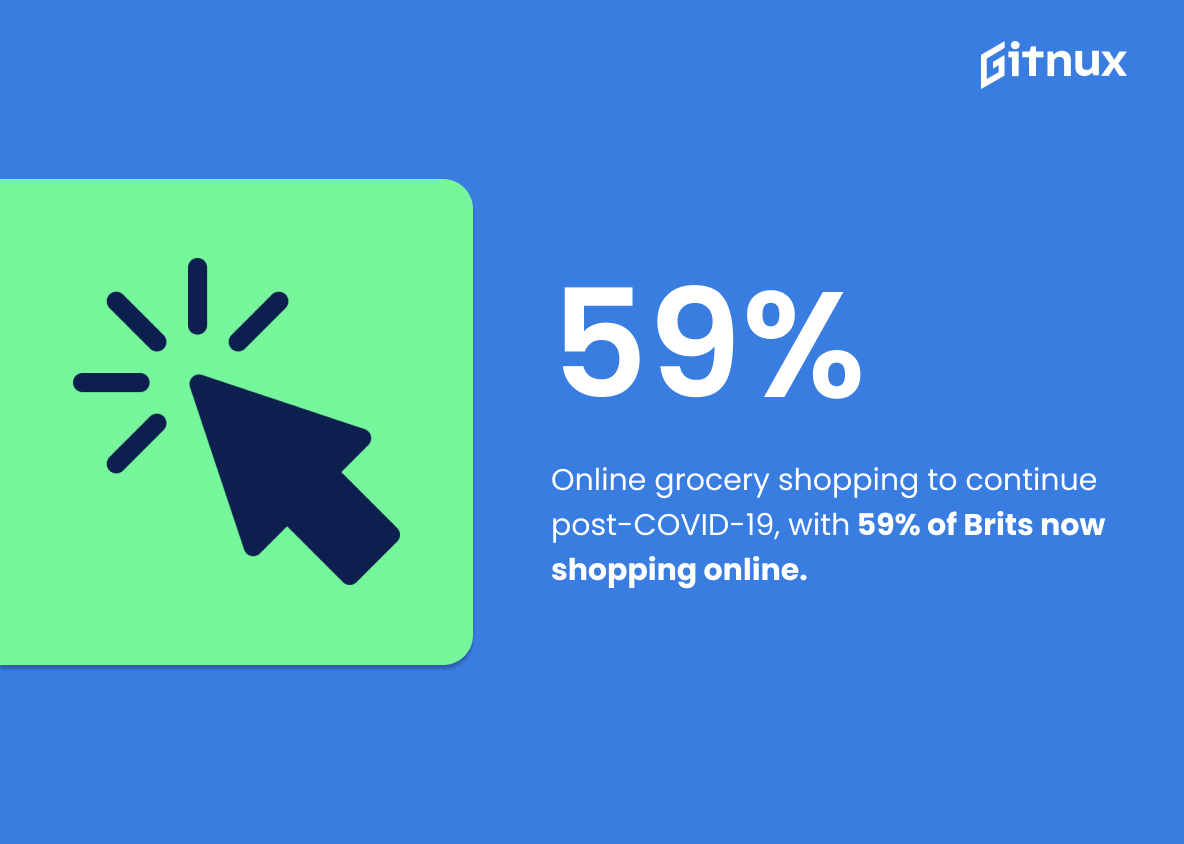The grocery store industry is an ever-evolving sector of the economy. As consumer preferences and technology continue to change, grocery stores must adapt in order to remain competitive. In this blog post, we’ll take a look at some of the latest statistics and trends in the grocery store industry.
We’ll explore the current size of the industry, the most popular grocery store formats, and the impact of online grocery shopping. Finally, we’ll discuss the future of the grocery store industry and what the industry can expect in the coming years.
Grocery Store Industry: The Most Important Statistics
Grocery stores in the US are seeing an increase in online shopping, with an average of 1.6 shopping trips per week, and an average of 35,829 items per store.
Automation is becoming increasingly popular in the grocery industry due to changing consumer behaviours, technological progress and innovation, and increased e-commerce adoption, which is predicted to grow to US$26.3 billion by 2027.
Grocery Store Industry Statistics Overview
Grocery store sales in the US have grown to $71.17 billion in September, with an estimated growth rate of 4.5% for 2022, and the UK grocery store industry is worth 212 billion British pounds.
This shows the growth of the industry, as well as the average cost of a trip to a grocery store and the amount of time shoppers spend shopping. It also demonstrates the challenges shoppers face, such as price increases, and the habits of shoppers, such as making a shopping list and visiting the same chain or supercenter.
Grocery stores in the US are seeing an increase in online shopping, with an average of 1.6 shopping trips per week, and an average of 35,829 items per store.
Grocery retailers need to transform to remain resilient in tough economic times by leveraging technology and digital solutions to offer affordable, discounted products and tailored experiences. By utilizing technology and digital solutions, grocery stores can offer customers better products and experiences at a lower cost, driving customer loyalty and increasing their competitive edge.
Automation is becoming increasingly popular in the grocery industry due to changing consumer behaviours, technological progress and innovation, and increased e-commerce adoption, which is predicted to grow to US$26.3 billion by 2027.
Automation is becoming more and more necessary for grocery stores to stay competitive and provide customers with the best possible experience. It can help streamline processes, reduce costs, and improve customer service.
Grocery supply chains are facing significant losses due to the inability to track food-related shipments in real-time, leading to staffing constraints, high handling costs, and difficulty in maintaining optimal freshness.
This highlights the need for improved tracking and monitoring systems in order to ensure that food-related shipments are delivered in a timely and efficient manner, while also maintaining optimal freshness. This is essential for grocery stores to remain competitive and profitable.
Grocery store owners face challenges in purchase management, such as inefficient processes, lack of customer service, and lack of helpful staff, which can hinder their success.
The emergence of grocery store chains and supermarkets has made it more difficult for neighborhood grocery store owners to establish and survive in such a competitive environment.
Therefore, grocery stores must focus on meeting customer demands by providing what they need, having it in stock when they need it, making shopping easy, and providing the information they need to make a purchase decision in order to remain competitive.
Supermarkets offer low prices, wide variety, and self-service, but also come with disadvantages such as large space, difficulty in making selections, lack of after-sale services, and lack of credit.
90% of current online grocery shoppers plan to continue shopping online once the peak of COVID-19 passes, and 59% of Brits are online grocery shoppers, up from 50% in 2019.
The COVID-19 pandemic has caused an increase in online grocery shopping, leading to changes in human consumption.
Conclusion
Grocery stores are an important part of the retail industry and their success is dependent on the health of the economy. The grocery store industry is constantly changing and evolving to meet the needs of consumers. The statistics show that the grocery store industry is growing, with an increasing number of stores, sales, and employees.
The industry is also becoming more competitive, with more stores offering discounts and loyalty programs. As the industry continues to evolve, it is important for grocery stores to stay ahead of the competition and keep up with the latest trends and technologies. With the right strategies and tactics, grocery stores can continue to be successful and profitable.
References
1 – https://moneytransfers.com/news/2022/11/14/grocery-shopping-statistics
2 – https://moneyzine.com/personal-finance-resources/grocery-shopping-statistics/
3 – https://www.esmmagazine.com/features/10-grocery-industry-trends-to-watch-in-2023-capgemini-232123
4 – https://canadiangrocer.com/grocery-retail-trends-2023
5 – https://www.tive.com/blog/infographic-10-critical-challenges-in-fresh-grocery-supermarket-supply-chains
6 – https://hashbrown.com/blog/product-design-application/4-biggest-challenges-faced-by-every-grocery-store
7 – https://www.geeksforgeeks.org/super-markets-characteristics-advantages-and-disadvantages/
8 – https://www.googlesir.com/advantages-and-disadvantages-of-supermarkets/
9 – https://www.mintel.com/press-centre/click-spend-90-of-brits-plan-to-continue-online-grocery-shopping-even-after-peak-covid-19-passes/
10 – https://encyclopedia.pub/entry/25138







